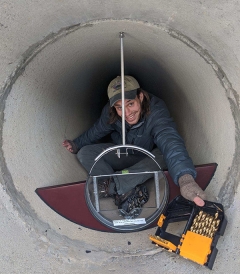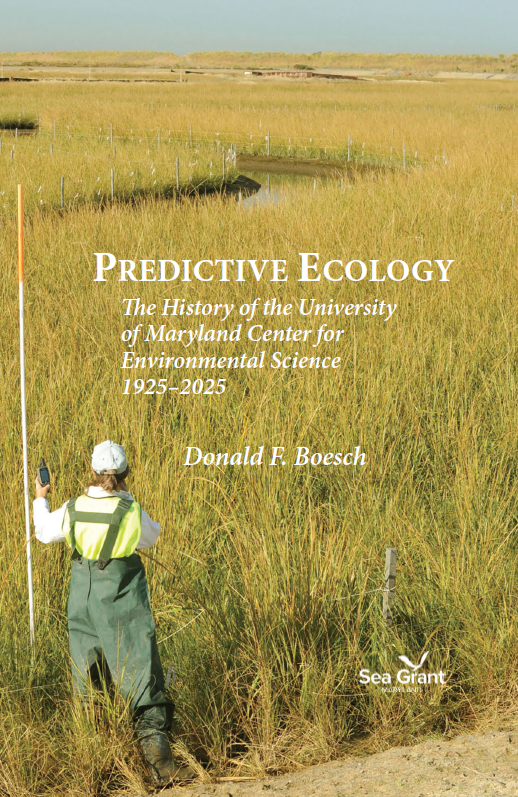Knauss legislative fellowships in Congress help build careers — and they're fun and educational. See our video and fact sheet for details.
The water cycle is not just about H20: How a grade-school standby could benefit from an update
Most people remember learning about the water cycle in grade school: evaporation, transpiration, precipitation, and condensation. We may not all remember exactly how they fit into the cycle, but can draw some resemblance from memory. I am willing to bet you can come up with something fairly close if you tried to now.
The hydrologic cycle—or water cycle—is something that is fairly universal in its components. That has made it both easy to remember and hard to factor in change. And things often change. A recent study conducted by Benjamin Abbott from Brigham Young University looked at 464 water cycle diagrams from around the world and found that only 15% conveyed any type of human interaction within the cycle. Only 2% showed any potential effects of human-induced climate change to the water cycle. The world has changed as groundwater withdrawals, hydraulic fracturing, and expanding seawaters altered the landscape. But the cycles didn’t, according to those who drew them. They were the same.
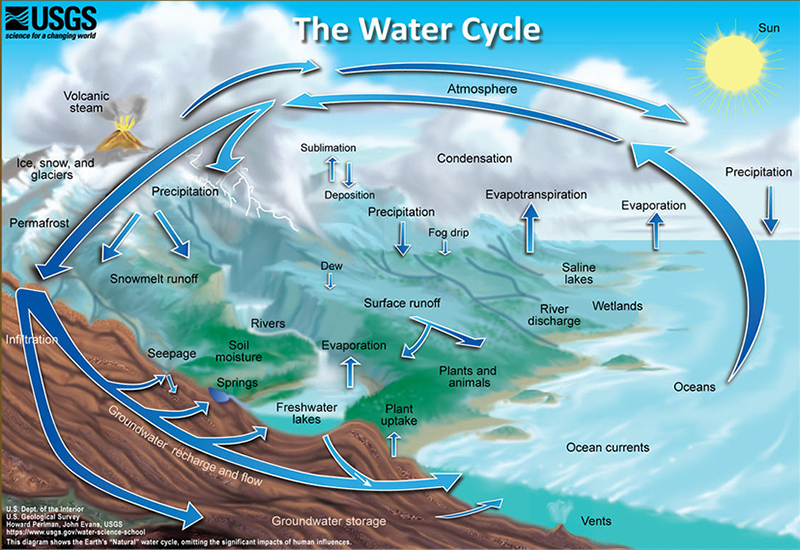
In a world where the human population is nearing 8 billion people and human-induced climate change is a stark reality, how can we continue to divorce human involvement with the water cycle? We are doing a disservice to ourselves and the environment by continuing to perpetuate this disconnection.
And it’s not just extraction industries and warming temperatures. Humans make dams, clear cut forests, drain reservoirs, reroute streams and rivers, and increase global average temperatures through increased use of fossil fuels—all of which significantly alter the mechanisms and drivers of the hydrologic cycle. So, water has physical properties and processes that the hydrologic cycle helps us understand, but water also has a social component.
Water is a necessity for life, and as a result, societies organize themselves to manage water. How societies organize in response affects the transformation and flow of water throughout the hydrologic cycle. Water and society are intimately and internally related—water shapes society and society shapes water. They are not separate entities.
Water gives us life, but it is also destructive. Our societal structure can determine which communities absorb the biggest blows. Low-lying land often experiences the heaviest impacts from storms. In many regions, the residents who live in those areas are low-income and often communities of color. Securing the resources to rebuild can be a challenge for these residents, but the water cycle does not look at their travails.
If we want to manage water, we need to understand the physical processes and the social ones. One way is through the hydrosocial cycle. The hydrosocial cycle, a term coined by Jamie Linton of Queens University and Jessica Budds of the University of East Anglia, provides an alternative to the hydrologic cycle, a new way to understand the movement of water throughout the biosphere. In contrast with the hydrologic cycle, the hydrosocial cycle attempts to understand and account for the historical, political, and social factors that shape water and water management. Rather than get deeply entrenched into the theoretical foundation for the hydrosocial cycle, one can simply start with the foundation that water and society are internally related and begin by asking: how did this relationship come to be and why is it the way that it is?
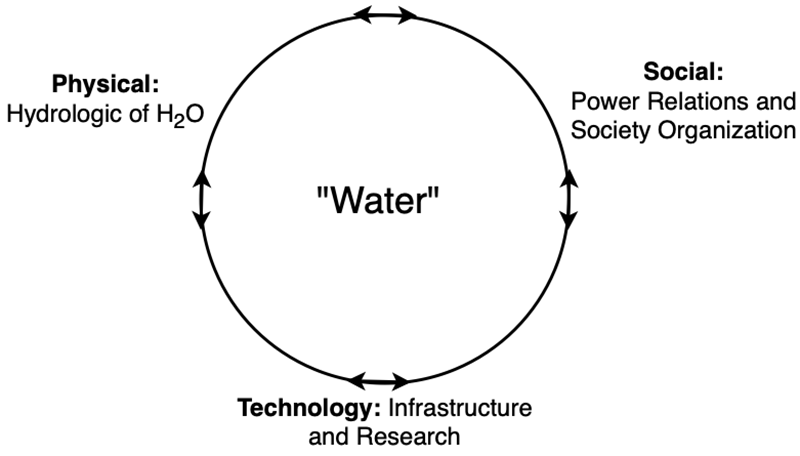
This approach’s usefulness is evident when analyzing the consequences of sea level rise. In the United States, communities of color will be disproportionally affected by sea level rise due to decades of complex, systemic racial inequality, according to Dean Hardy from the University of Georgia. When creating vulnerability maps and climate adaption plans, managers, policy makers, and decision-makers must account for the processes and power dynamics that resulted in these realities. They must ask: “How did communities of color become disproportionally located in low-land areas susceptible to flooding and sea level rise? What can we do to address this problem?”
By understanding the how and why, climate planning can begin to ensure that history does not repeat itself. That will require a transition from top-down, technocratic, command-and-control governance siloed within the physical realm of the hydrologic cycle and towards a holistic and critical approach using the hydrosocial cycle.
The hydrosocial cycle provides the foundation to understand water and society as inextricably connected, each affecting, shaping, and constructing the other. To assess, understand, and incorporate all aspects of water into management and governance decision-making, rather than simply the physical and materiality of the hydrologic cycle. A quote from Henry Ford that comes to mind is: “If you always do what you’ve always done, you'll always get what you’ve always got.” We can, should, and must do better. We must be more critical, ask the more difficult questions, transverse disciplinary boundaries, and acknowledge the connections between everything. In the face of serious environmental problems, we need new, integrated, interdisciplinary approaches to provide resilient, sustainable, equitable futures. The hydrosocial cycle is just the beginning.
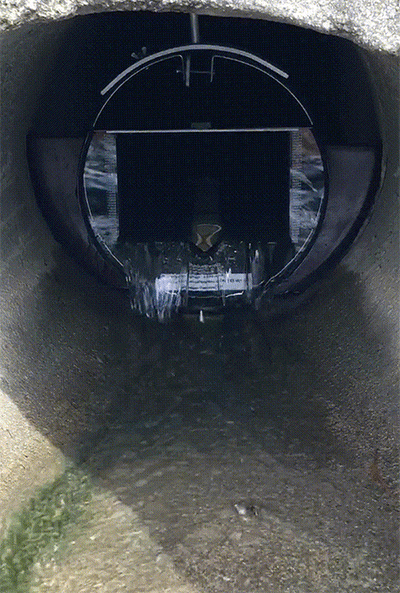
Stormwater management is an excellent platform for the application of the hydrosocial cycle framework for analysis. Stormwater remains one of the primary sources of non-point source pollution to waterways especially in urbanized areas. Cities and communities have shifted from centralized systems, which are concentrated in proximity and located closer to receiving waters, to decentralized ones, which are more distributed across a watershed and located closer to non-point sources of stormwater runoff. However, the overall effectiveness and social dimensions of these decentralized techniques have yet to be explored. Social and economic factors play into where designers and engineers cite practices.
My PhD dissertation will use an interdisciplinary approach to investigate the overall effectiveness of decentralized stormwater management towards reducing the detrimental effects of stormwater runoff. My research will focus on two areas:
- storm monitoring and sampling (hydrologic, ecologic, and environmental) to determine the functioning of stormwater best management practices, and
- hydrosocial analyses to investigate the social, cultural, economic, and political factors influencing the siting of stormwater best management practices and the resulting impact of these choice on the views and conceptions of stormwater and stormwater management for residents.
I hope this research will help us better understand how to manage stormwater to protect important waterways, like the Chesapeake Bay, from a holistic, interdisciplinary perspective.
See all posts to the Fellowship Experiences blog
